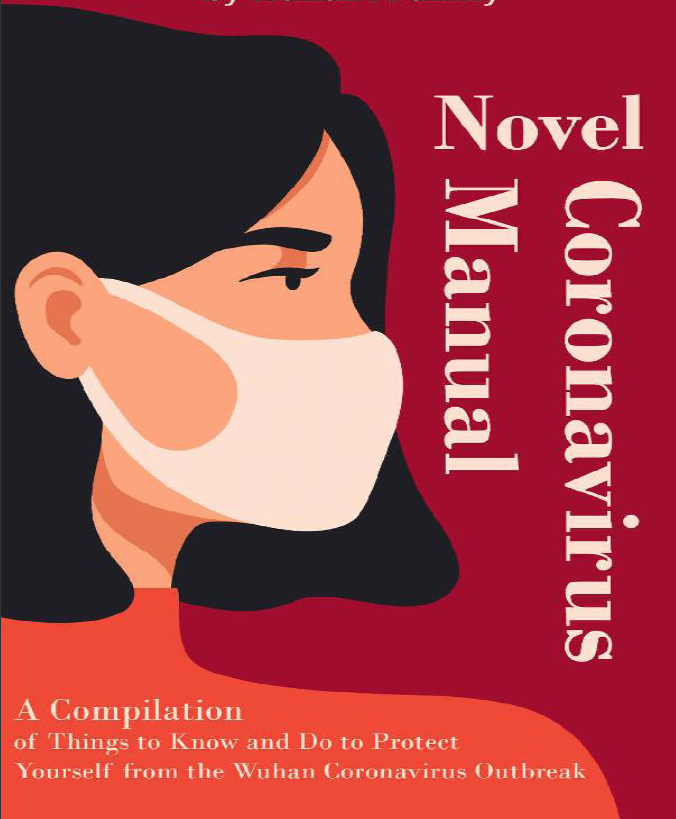Transmission
How does this virus spread?
There are two types of transmitted: animals to people and between people, mainly among close
contact. It was reported that many patients in the outbreak had some links to a market of living wild
animal and seafood, indicating animal-to-person spread. Meanwhile, it was reported that a growing
number of patients have no exposure to the market, suggesting person-to-person spread.
The 2019-nCoV transmit from people to people primarily through close contact with infected
person, for example, in a healthcare center or household workplace, through droplets of saliva or
discharge from the nose; through respiratory droplets generated when a person sneezes or coughs;
through physically touching a surface that contaminated with the virus then touching something like
eyes, nose or mouth before washing hands.
There have been some reports that it is possible for 2019-nCoV to be transmitted by a person
showing no symptoms, which is called asymptomatic person. According to The World Health
Organization (WHO), it is possible with other coronaviruses such as MERS, but it is only happening
in a very limited extent. Until now, there was some debate whether asymptomatic transmission of the
coronavirus was possible. Even if asymptomatic people can spread the virus, they may be less likely
to than people who are sneezing and coughing — routes for the virus to jump from one person to
another.
Group at risk
Who can catch this virus?
2019-nCoV can infect people of all ages who lives or travels in an area where the virus is
circulating and people who in close contact with recent travelers from China. Especially those who
work closely with wild animals such as workers at the market and those who are taking care of
infected patients such as healthcare workers or family members appear to be more at risk.
People with pre-existing medical conditions (such as heart disease and diabetes) and elderly are
also at higher risk of getting severely ill with the virus.
On the other hand, a study published in January in the New England Journal of Medicine also
speculated that compared to adult, “children might be less likely to become infected or, if infected,
may show milder symptoms”.


